Goumi
The fruits or berries of the Elaeagnus multiflora shrub are known as Goumi. This shrub or small tree belongs to the Elaeagnus genus. The Goumi trees are also known as Natsugumi, Gumi and Cherry silverberry. Its edible fruits are popularly used for various purposes around the world.
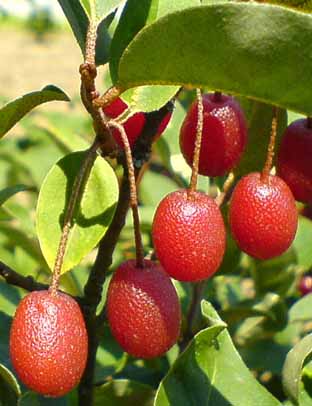
Goumi
Table Of Content
Goumi Scientific Name
The scientific name for these bushes is Elaeagnus multiflora.
Goumi Berry Description
These fruits have an attractive and delicious appearance and contain one large seed.
Size: They grow 1 to 2 cm in length.
Shape: The shape of these drupe fruits ranges from round to oval.
Color: Their color ranges from dark red to scarlet when properly ripe. The ripe fruits are also spotted with brown or silver dots.
Taste: The juicy fruits have a characteristic acidic taste.
Seed: The single large seed inside the fruit is also edible. The seed coat is quite fibrous.
Goumi Plants
They usually grow as semi-evergreen or deciduous shrubs or small trees. Their height ranges between 2 meters and 8 meters while the trunks can grow up to 0.3 meter in diameter. The matured trees have dark brown bark while the shoots are generally covered in small red-brown scales.
The ovate to elliptic leaves grow 3 cm to10 cm in length and 2 cm to 5 cm in breadth. The upper sides of these leaves are green and the lower sides are silvery or orange-brown. One or two yellowish white colored, fragrant and four-lobed flowers grow in each leaf axils.
Goumi Distribution
This tree is indigenous to China, Korea and Japan. It is also grown in various parts of North America and Europe. This species has become naturalized in different regions of eastern United States.
Goumi Cultivation
These attractive bushes are often grown in gardens for their edible fruits. They can be grown easily from seeds. The seeds take around 18 months to germinate.
Goumi trees can grow in various types poor and dry soils. But they prefer fertile and well drained soils. The trees can grow both in direct sunlight and under a partial shade. They can survive even in very low temperatures. The trees flower around mid-spring.
The ripe fruits are generally handpicked form the bushes. They can also be harvested by shaking the entire bush and collecting the fallen fruits on a clean cloth. Care should be taken not to break the young shoots while harvesting the fruits.
Goumi Fruit Nutritional Facts
The Goumi fruits are fairly nutritious for human health. Their high vitamin and mineral contents help in the growth and immunity of human body. The essential fatty acids also make them highly nutritious.
Goumi Health Benefits
These fruits are considered to be beneficial for health over a very long period of time, mainly in China. But these benefits have not been proved scientifically.
- The fruits are believed to be able to reduce cholesterol.
- They have astringent property.
- Goumi is thought to be a good source of vitamin A, vitamin C, vitamin E, flavonoids and various minerals.
- These fruits are also quite rich in many essential fatty acids.
- They are sometimes used for treating watery diarrhea.
- The leaves of these bushes are used for curing cough.
- Their roots are sometimes used as a remedy for itching
Goumi Uses
The fruits are used for a number of edible purposes. But their fibrous seeds are not generally eaten despite being edible.
Edibles Uses
- Ripe fruits and seeds are eaten raw.
- They are sometimes used for making various types of desserts.
- The under ripe Goumi fruits are also used for making delicious jams and jellies.
- These fruits are often pickled and used in preservatives.
Other Uses
- These beautiful bushes are commonly grown in ornamental gardens.
- The fast growing Goumi trees are good companion trees for other more valuable trees and plants as they enrich and improve the soil.
Consuming Goumi during Pregnancy
It is advisable to avoid consuming this fruit in any form during pregnancy. One should consult an expert before using it during this period.
Goumi Side Effects
There are no known side effects of these fruits. But they may cause various allergic reactions in some people. It is important to consult a doctor in case of any adverse health effects.
Goumi Interesting Facts
Here are some interesting facts about this fruit and its tree.
- The Goumi bush can live in temperatures down to -20 °C while its roots can survive in -30 °C temperature.
- It is considered to be an invasive species in some parts of the USA.
- This tree species is related to Russian olive, Silverberry and Autumn olive.
Goumi Pictures
Here are some images of these wonderful fruits.
References
http://en.wikipedia.org/wiki/Goumi
http://www.pfaf.org/user/Plant.aspx?LatinName=Elaeagnus+multiflora
http://tcpermaculture.blogspot.in/2012/02/permaculture-plants-goumi.html
- by Deepamala Bhattacharya
- May 26th 2012

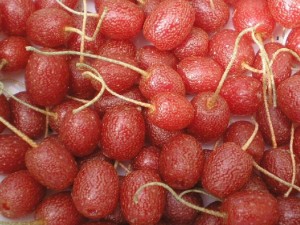
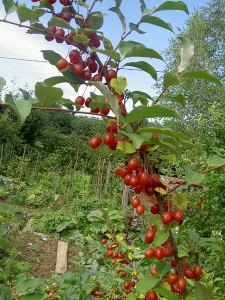
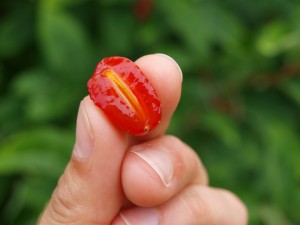
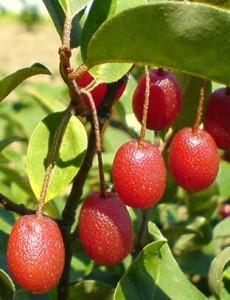
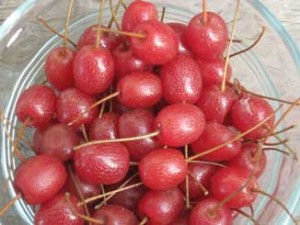
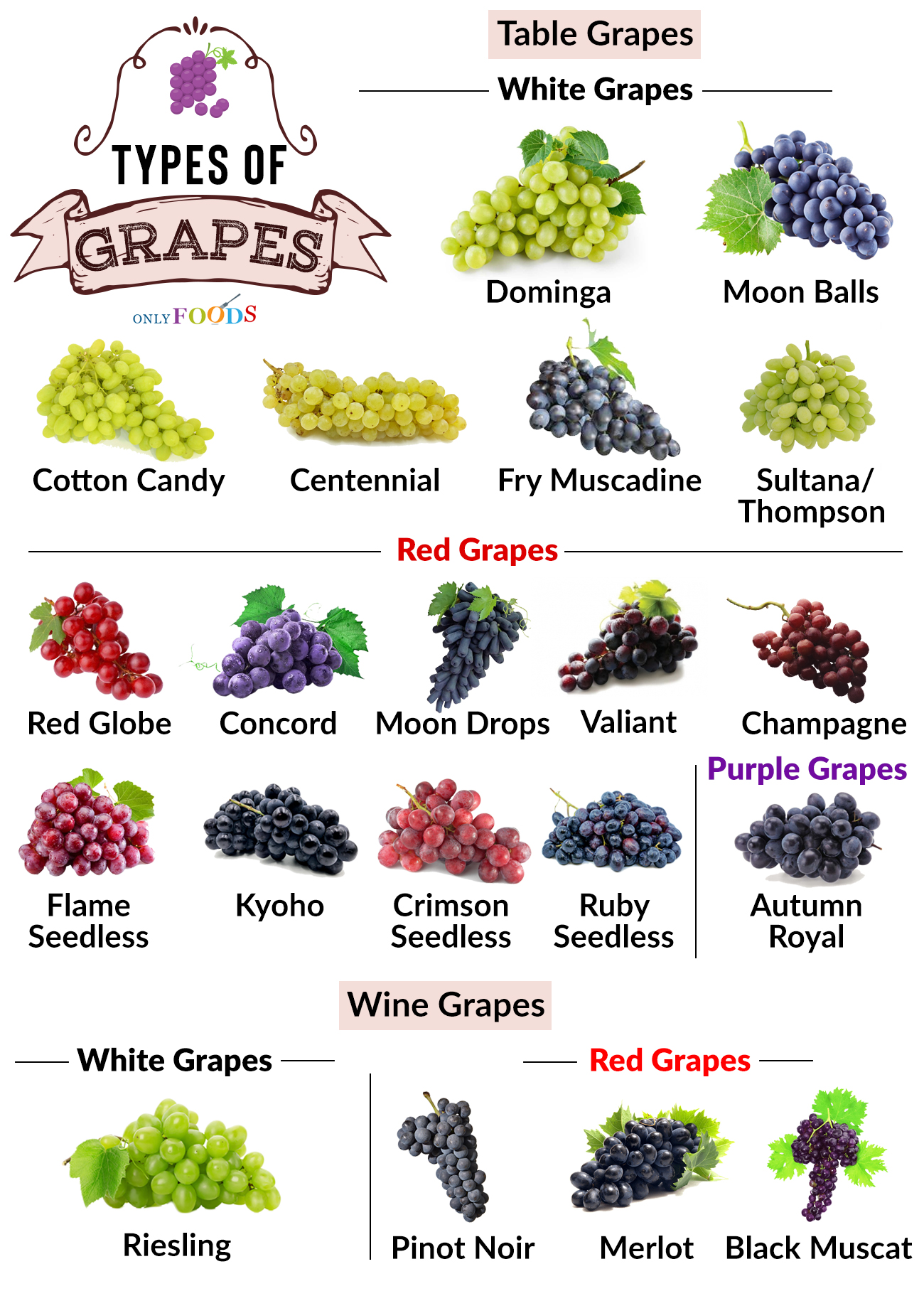
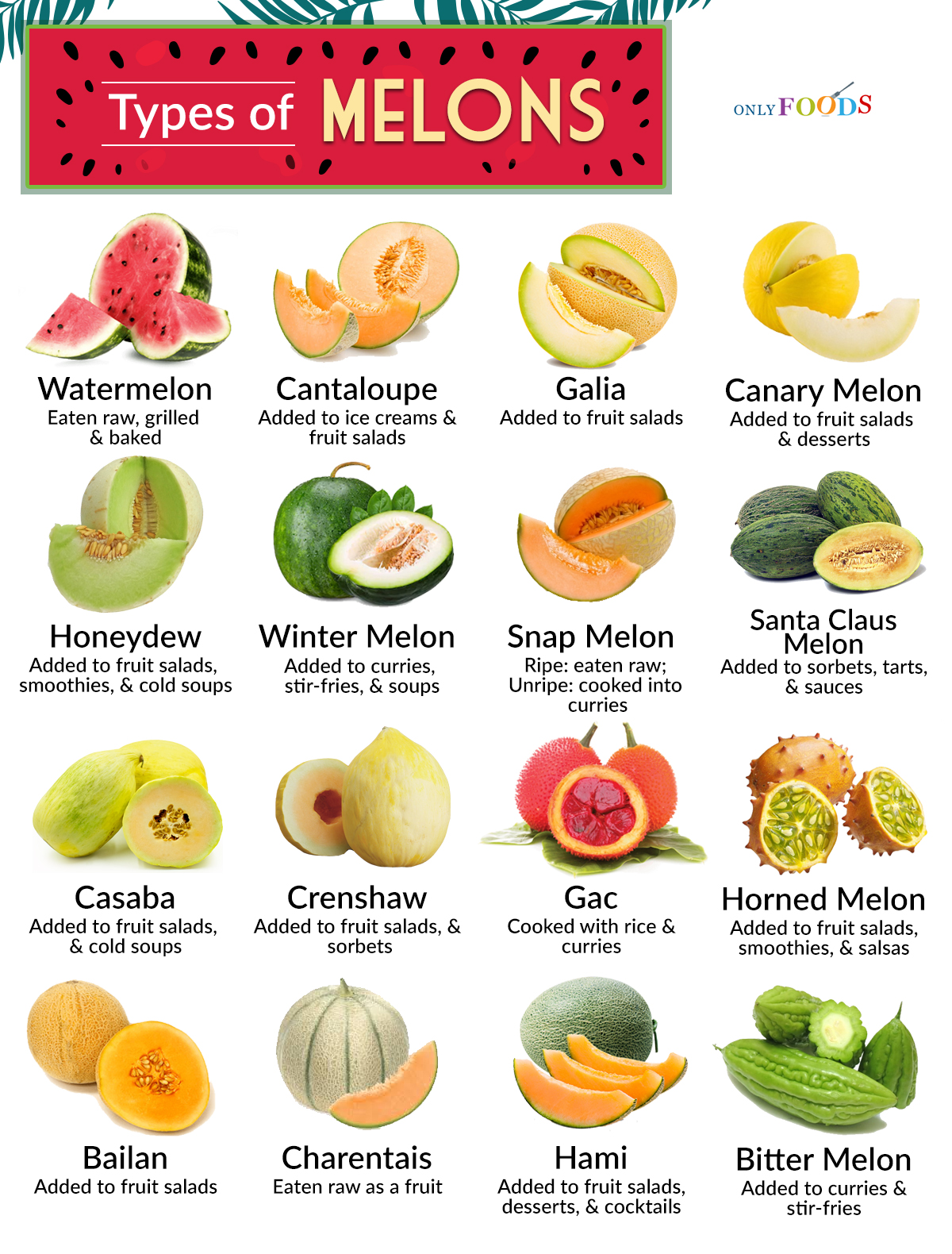
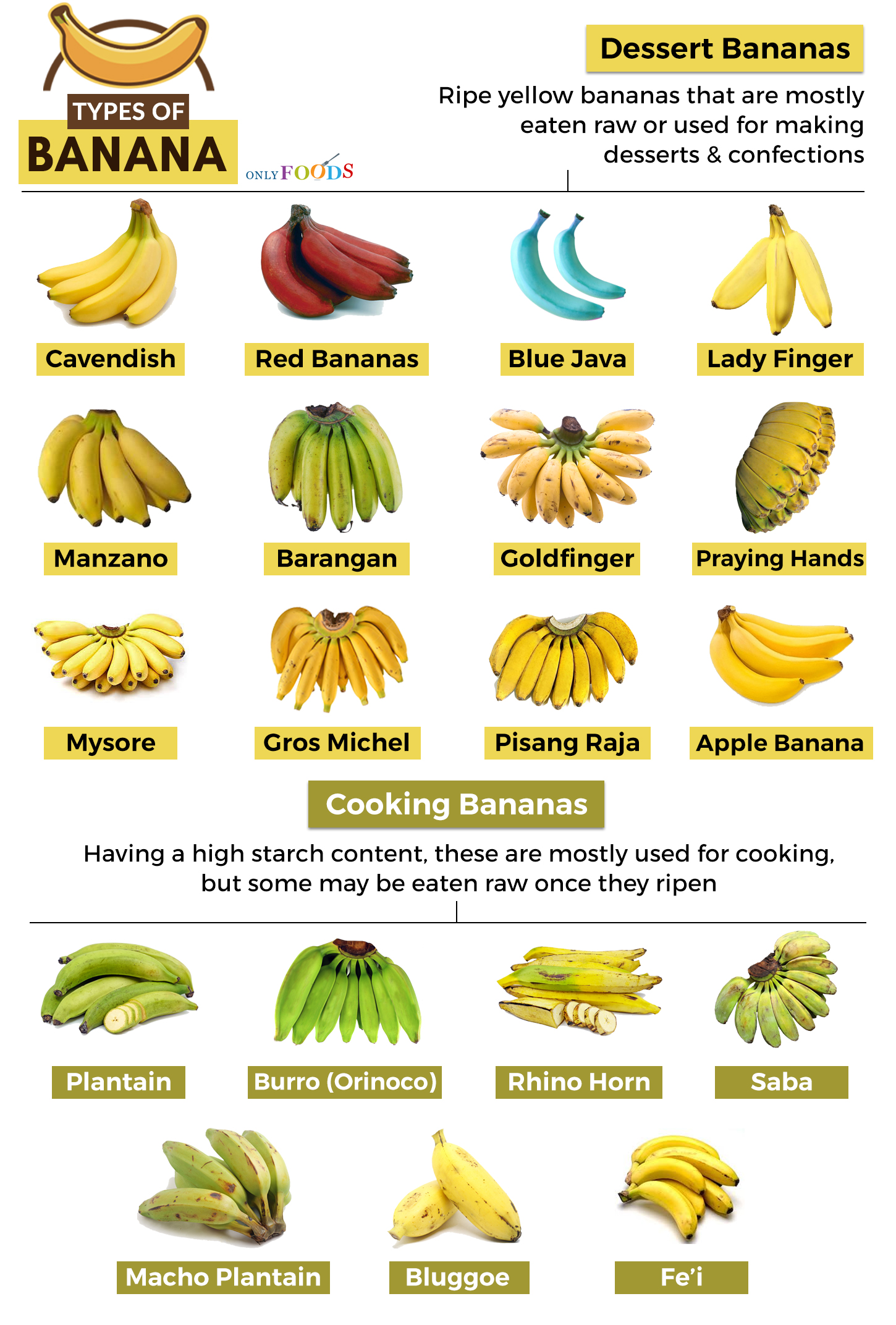
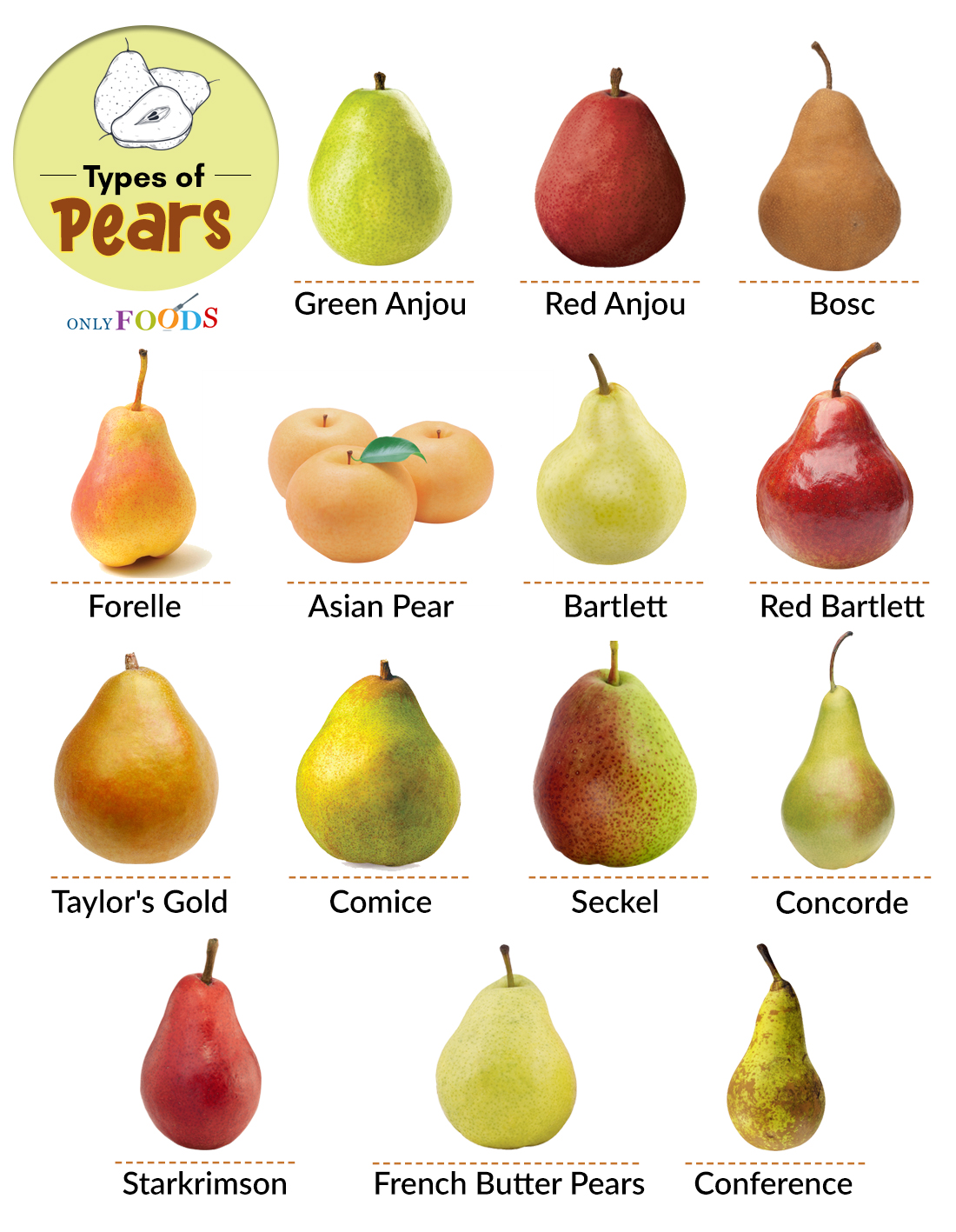
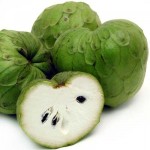
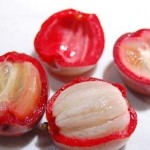

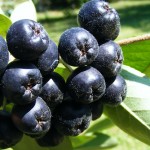
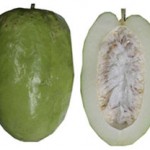

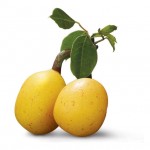

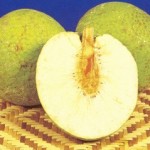






Leave a Reply